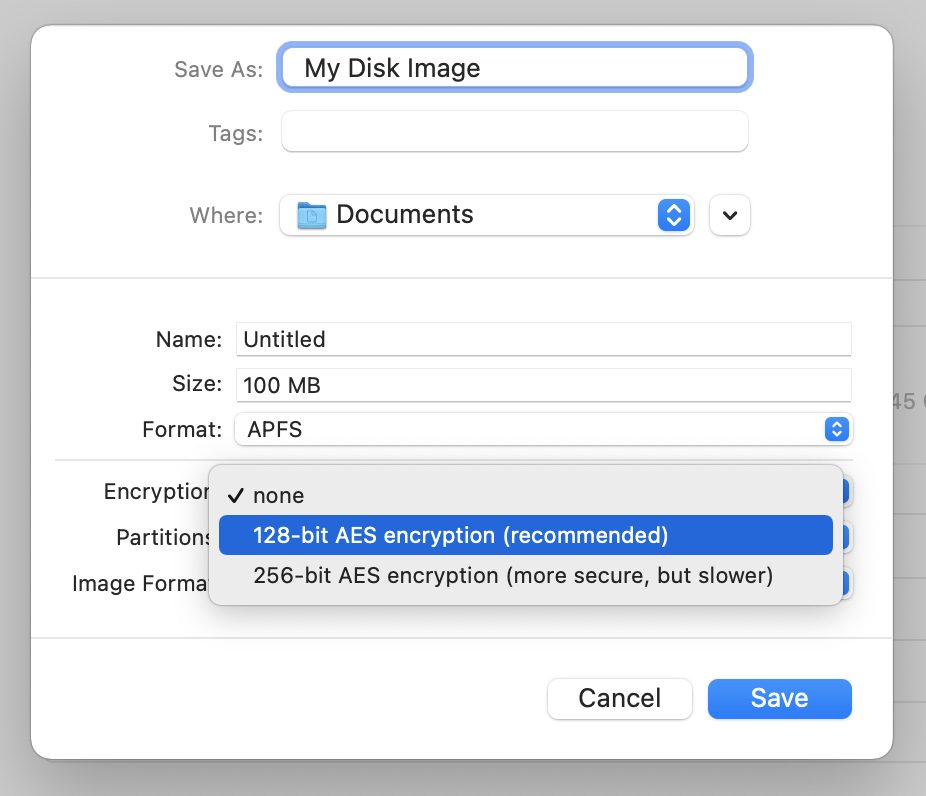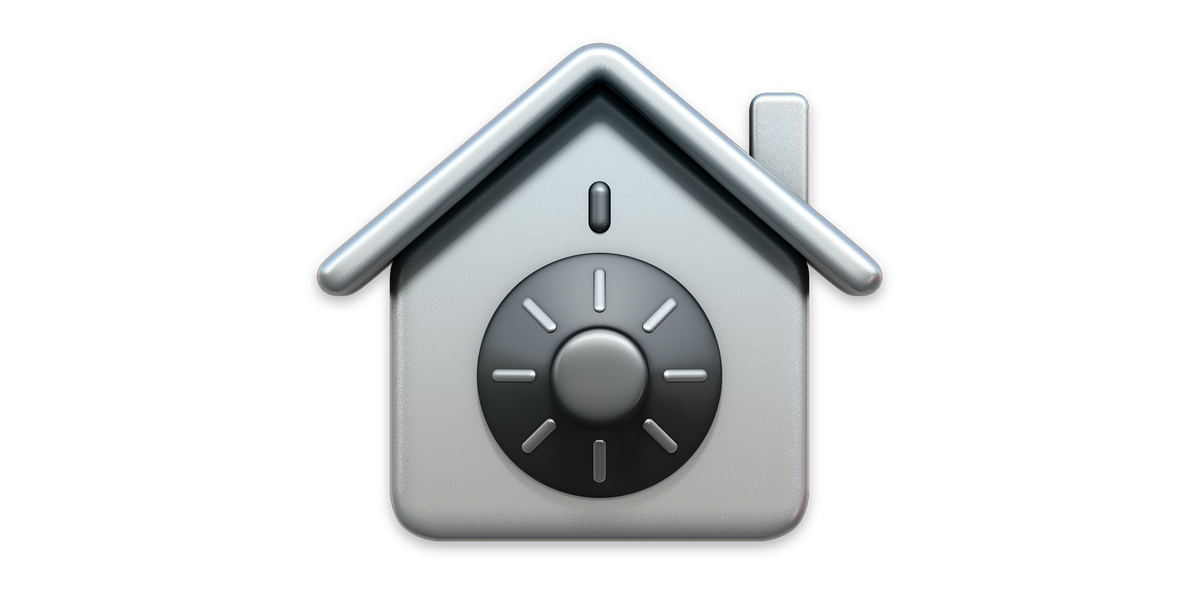
- Strong mac os x encryption how to#
- Strong mac os x encryption install#
- Strong mac os x encryption password#
Strong mac os x encryption password#
To do this we'll generate a random password which we will use to encrypt the file. The passwords used to encrypt files should be reasonably long 32+ characters, random, and never used twice. Generate a One-Time-Use Password to Encrypt the File

ssh folder so I don't have to re-generate it, but you can store it anywhere you like. If you are going to public your key (for example) on your website so that other people can verify the authorship of files attributed to you then you'll want to distribute it in another format. The default format of id_rsa.pub isn't particularly friendly. Generate a PKCS8 Version of Your Public Key Typically you want to ensure the private key is chmod 600, andd the public key is chmod 644. You can change the location of where you store your keys, but this location is typical.

Generate Your Private/Public Key-pair $ ssh-keygen -t rsa -C default your private key will be stored in
Strong mac os x encryption install#
$ brew install openssh -with-brewed-openssl -with-keychain-support See here for details: $ brew tap homebrew/dupes Mac OS X 10.7 and earlier are not PCI compliant. The copy of OpenSSL bundled with Mac OS X has several issues. The encrypted password will only decrypt with a matching public key, and the encrypted file will require the unique password encrypted in the by the RSA key. The solution is to generate a strong random password, use that password to encrypt the file with AES-256 in CBC mode (as above), then encrypt that password with a public RSA key. an SHA1 hash of a file, or a password) and cannot be used to encrypt a large file. RSA encryption can only work with very short sections of data (e.g. If you pass an incorrect password or cypher then an error will be displayed. All that changes between the encrypt and decrypt phases is the input/output file and the addition of the -d flag. You will need to provide the same password used to encrypt the file. Base64 will increase the size of the encrypted file by approximately 30% To Decrypt a File $ openssl aes-256-cbc -d -in -out secret.txt You can choose from several cypers but aes-256-cbc is reasonably fast, strong, and widely supported. If you do, you'll need to add it to the decoding step as well. You can add -base64 if you expect the context of the text may be subject to being 'visible' to people (e.g., you're printing the message on a pbulic forum). To Encrypt a File $ openssl aes-256-cbc -in secret.txt -out Unfortunately, pass phrases are usually "terrible" and difficult to manage and distribute securely. OpenSSL makes it easy to encrypt/decrypt files using a passphrase. $ openssl aes-256-cbc -d -in -out secret.txt -pass file:key $ openssl rsautl -decrypt -ssl -inkey ~/.ssh/id_rsa -in key.enc -out key $ openssl rsautl -encrypt -pubin -inkey ~/.ssh/id_8 -in key -out key.enc $ openssl aes-256-cbc -in secret.txt -out -pass file:key Too Long, Didn't ReadĪssuming you've already done the setup described later in this document, that id_8 is the public key you want to use, that id_rsa is the private key the recipient will use, and secret.txt is the data you want to transmit… Encrypting $ openssl rand 192 -out key
Strong mac os x encryption how to#
The working assumption is that by demonstrating how to encrypt a file with your own public key, you'll also be able to encrypt a file you plan to send to somebody else using their private key, though you may wish to use this approach to keep archived data safe from prying eyes. This guide will demonstrate the steps required to encrypt and decrypt files using OpenSSL on Mac OS X. A Guide to Encrypting Files with Mac OS X


 0 kommentar(er)
0 kommentar(er)
